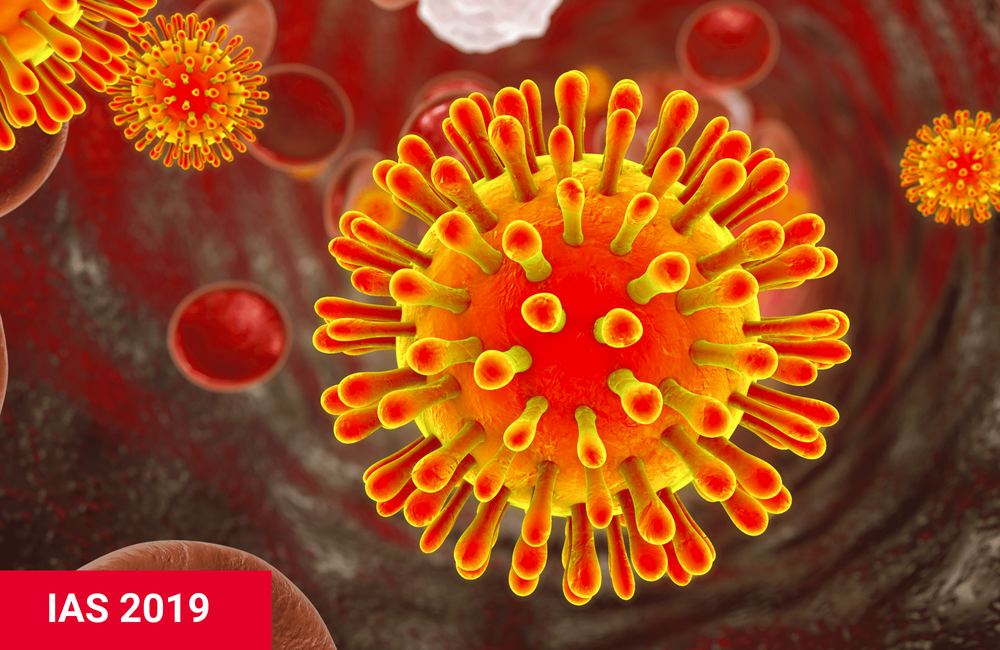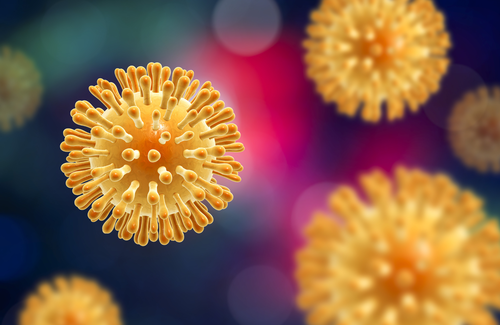
The 2019 HIV and Hepatitis B Cure Forum took place on 20-21st July immediately before the 10th International AIDS Society Conference on HIV Science (IAS 2019) in Mexico City this week.
The forum this year included research into curing chronic hepatitis B infection as well as HIV, as the two viruses share similarities, the chief one being that they mainly cause disease by generating a damaging immune response to their viruses rather than, as other viruses do, killing cells directly.
In HIV the problem that prevents a cure has always been that a minority of HIV-infected cells are long-lived, quiescent so-called ‘reservoir cells’ that the immune system fails to recognise and eliminate.
The forum heard of some exciting new genetically-engineered molecules that have the potential to seek out and kill these cells, even without using a chemical ‘kick’ to flush them out of hiding.
One of the most promising was IMMTAV. This high-tech drug, already used in cancer research, involves remodelling T-cells taken from participants so that the receptor proteins they have on their surface, which normally do the job of detecting all kinds of viruses, are altered so that their response becomes exquisitely HIV-specific and potent.
Lucy Dorrell of Oxford University told the forum that IMMTAV is developed by a process of repeatedly refining and retuning the sensitivity of T-cell receptors, and the genes that generate these proteins. The first version of IMMTAV was developed from T-cells taken from an elite controller with a strong anti-HIV CD8 T-cell response. Their CD8 cells recognised a specific string of amino acids – a peptide – that is a highly-conserved portion of HIV, i.e. one that the virus cannot easily mutate away from. Infected cells display such epitopes on their surface as ‘distress signals’ to alerts the immune system that they are infected.
IMMTAV cells are similar to CAR T-cells (Chimeric Antigen Receptors), a type of cell with genetically altered receptors that have been used to detect and kill cancer cells. However, they can only detect the 10% of so of viral proteins that infected cells have on their surfaces, chiefly proteins from the HIV envelope. Part of the problem with reservoir cells is that they often do not display many of these envelope proteins.
IMMTAV cells can recognise the signals of viral proteins buried deep within the cell.
Part of the problem with such technologies in the past is that the molecular complexes that recognise the foreign proteins from infected cells are extremely short-lived – they only last as complete entities for a matter of seconds. The process of maturation and selection that generates IMMTAV receptors also greatly extends their persistence, to the extent that the IMMTAV T-cell receptors developed now have a half-life of nearly two days.
Dorrell showed a video of IMMTAV T-cells attaching themselves to and destroying infected cells, taken from people with HIV, in the test tube.
At present, the IMMTAVs developed only recognise components from the HIV Gag structural protein, and their core component is HLA-A2, which is only one of the many HLA (human leukocyte antigen) proteins that distinguish between self and non-self substances in the body. This means they are rather too specific at present but other varieties of IMMTAV are in development.
The most exciting aspect of IMMTAV cells is that they have been shown to kill reservoir cells without being used alongside an immune-stimulating drug that activates the cells so they can be ‘seen’ by cell-killing therapies. One disadvantage of this strategy is that the activated cells start producing HIV again, with the risk of seeding a new wave of HIV infection. But IMMTAV cells were able to kill reservoir cells without any activation or viral production – a ‘kill’ without the ‘kick’. Control experiments also showed that non-infected cells were not attacked by the therapy.
This technology needs more development before it can be used in human trials, mainly by broadening the number of viral epitopes it is responsive too, but may offer the best hope yet of a therapy that detects and kills reservoir cells.
Bi-specific antibody both prevents infection and controls disease in monkeys
Further along in development is BiIA-SG, a bi-specific antibody that caused considerable excitement last year when data from experiments in mice were published, especially in China, where this therapy has been developed by the University of Hong Kong.
Bi-specific means that the antibody both neutralises HIV viral particles and prevents them attaching to cells, thus acting as an entry inhibitor, and also attaches to HIV-infected cells, targeting them for destruction. It can therefore be used as both treatment and as pre-exposure prophylaxis (PrEP).
Mengyue Niu of the University of Hong Kong showed results from experiments in rhesus macaque monkeys that were given a SHIV (a human virus genetically altered to infect monkeys) that in untreated animals was so lethal that only a quarter of the animals survived more than three months after infection.
When BiIA-SG was given as a single dose before inoculation with SHIV, it completely protected the monkeys from infection, and when given after infection, all monkeys survived beyond three months, with the preservation of strong anti-HIV cellular responses.
Further monkey experiments are planned before BiIA-SG is taken into human trials.
Dorrell L Engineered immune-mobilising monoclonal T cell receptors against viruses. 2019 HIV & HBV Cure Forum, Mexico City, 20 & 21 July 2019.
Niu MY Tandem bispecific antibody prevents fully and induces prolonged T-cell immunity against pathogenic SHIV in monkey models. 2019 HIV & HBV Cure Forum, Mexico City, 20 & 21 July 2019.

